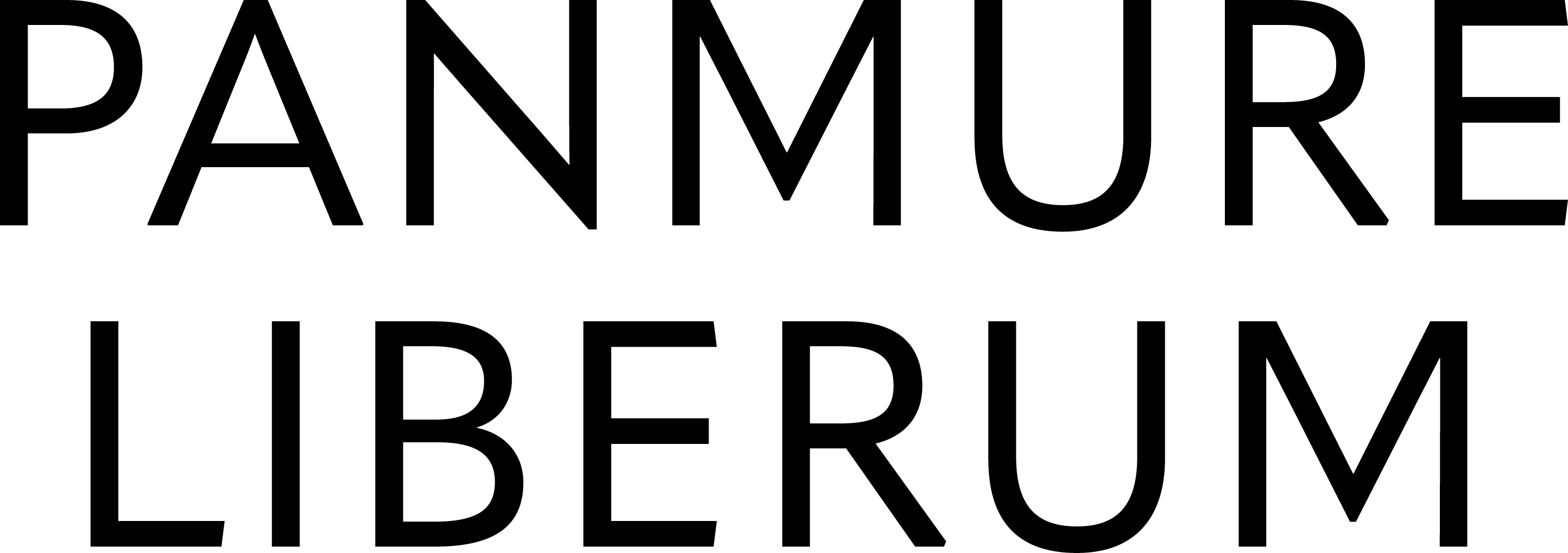This content is only available within our institutional offering.

21 May 2020
First Take: Aviva - Assumptions and loans key focus of Q1 call

Sign in
This content is only available to commercial clients. Sign in if you have access or contact support@research-tree.com to set up a commercial account
This content is only available to commercial clients. Sign in if you have access or contact support@research-tree.com to set up a commercial account
First Take: Aviva - Assumptions and loans key focus of Q1 call
- Published:
21 May 2020 -
Author:
Ben Cohen -
Pages:
4 -

Covid-19 losses manageable
Aviva quantified £160m net losses from Covid-19, with £200m of losses, principally business interruption, offset by £40m benign claims in other lines, based on lockdown until end-June.
The CEO clarified on the call that a second lockdown wave could incur further losses.
Headwinds to capital position
March-end solvency II ratio of 182% was unchanged from last disclosed value at 13th March. Own funds per share declined by 12% in Q1 from 423p to 372p.
These declines assume Brexit property allowance release (£400m benefit); a 15% fall in commercial property, a 12% fall in residential property; full letter downgrade on 10% of BBB-rated bonds and 5% on bonds rated A. We would see these as fairly conservative assumptions (our DLG and RSA forecasts are based on a 20% commercial property fall, however).
Much attention on the call was focused on management cautioning that there could be losses on its commercial mortgage portfolio of £7.7bn, with the CFO clarifying that £6.2bn has an LTV below 70%, with a small number of high LTV loans.
Limited clarity on outlook, but some reassurance on return target
“We remain committed to achieving our 2022 targets, however, Covid-19 is expected to provide additional challenges to achieving these targets.” Key among these is a 12% return on solvency II capital, with the CFO flagging that inflow targets would be harder to hit in a weaker economic environment.
Restatement that the dividend will be considered again in Q4. Our forecasts were already under review for the 2019 final suspension, at which time we flagged material risk of a dividend cut, given limited cash coverage to the current dividend.
Shares trade at a 0.65x own funds, which is a material discount to peers under our coverage (Chesnara and Phoenix), albeit we see downside risk to our c.10% return on own funds forecast (versus 12% company target).
Near-term positive catalysts appear limited, with sentiment towards Covid-19 recovery and higher government bond yields the key drivers.







